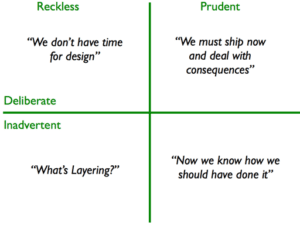Without moisture, plants die. Without fodder, the animal food chain collapses. This is why climate change is the greatest threat humankind faces. Crop management needs timely information regarding ambient conditions, and also in the soil itself. In dry areas, online knowledge of trends in rainfall, sunlight, wind speed, leaf moisture, air temperature, relative humidity and solar radiation are indicators of soil stress that can be deadly for plants, and everything that relies on them.
As climate change bites, the need to find solutions accelerates. Drones swoop across to monitor ambient conditions, while probes sunk into plants and the earth in which they grow transmit information to big data repositories for feedback to administrators. In Australia, a remarkable cattle farmer is applying the same approach to his herds.
Nuffield scholar Rob Cook has always been on the edgy side of things. He lost his mobility in a helicopter crash in 2008 patrolling farmland but that has not deterred him. If anything, it has freed his mind to explore the potential that telemetry offers farmers in Australia. He shared this potential with the young beef producers in Roma Australia recently, and here is a summary what he said.
Being wheelchair bound he had to shift from herding with cattle dogs to a more scientific approach. He bought a farm 230 miles / 370 kilometres inland from Brisbane in a warm, temperate climate with significant rainfall even in the driest months. He uses observant software that reports on critical issues like water levels indicating animal consumption, and supplementary water flows from a central irrigation channel.
He also monitors fodder sources for dryer months, and moisture levels in food stocks. Rob is committed to making every blade of grass count. ?We even have the ability to take a photo of the cattle when they are taking a drink of water,? he explains, and that provides valuable information regarding tick and fly infestation and overall condition.
None of this would be possible for Rob Cook without telemetry, which is the process of collecting data at remote points and transmitting it to receiving equipment for analysis. Independent farmers do not have equipment to fund these analytic resources on their own, and use big data resources in a cloud to obtain reports. ecoVaro is on top of current trends. Please speak to us when you need independent advice.
?
